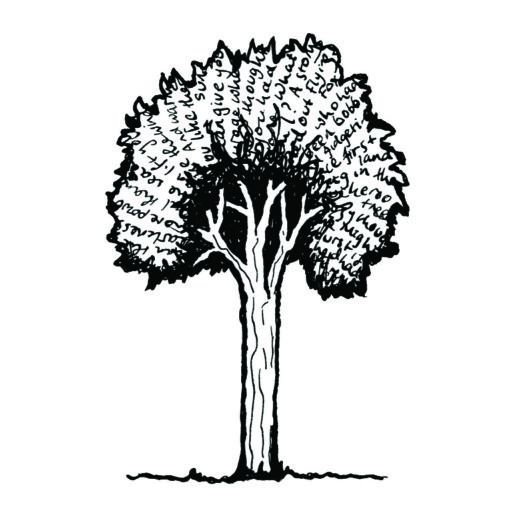
by Paula Peeters | Mar 13, 2022 | Tales of science
21st February 2022, 6 pm The light is fading, and the wet stems of Ribbony Gums and Snow Gums are dark grey against a white overcast sky. The bare sloping rock face shines with water, water is sponged up by the verdant green mosses, and it saturates some fire-scorched...

by Paula Peeters | Jul 8, 2021 | Tales of science
The White-banded Hunter Hawkmoth, Theretra oldenlandiae The Navajo recognized and remembered over 700 different types of insects, to three levels of classification.1 Most of these insects did not have a practical ‘use’ for the Navajo (e.g. food). The vast majority of...

by Paula Peeters | May 17, 2021 | Tales of science
Meet the punk caterpillar who’s willing to take on some of Australia’s most fearsome plants (the Gympie Stinger and Shiny-leaved Stinging Tree), and spends part of its life masquerading as a bat. In recent years it’s also begun to devour the Giant...

by Paula Peeters | Mar 28, 2021 | Beechmont Nature Journal, Nature journaling, Tales of science
Australia has an enormous variety of little brown birds. Some of these are scrubwrens, of the genus Sericornis (The name ‘Sericornis’ refers to the soft, silky plumage of these birds). Three species of Sericornis live in the forests of Lamington National Park, near my...

by Paula Peeters | Feb 24, 2021 | Beechmont Nature Journal, Nature journaling, Tales of science
Forests are hard to describe. So much complexity, so much thriving life. Colours, light and forms change with the seasons, and over time. How to fit all that into words or pictures? The ways to describe a forest are infinite, and each approach will also be influenced...

by Paula Peeters | Sep 6, 2020 | Beechmont Nature Journal, Nature journaling, Tales of science
Recently, a friend told me that she was going to transition. From being a she to becoming a he. It’s something she’d wanted since puberty. I could hear the relief in her voice, and a happy anticipation of a new, precious and exciting life ahead. But many people find...







